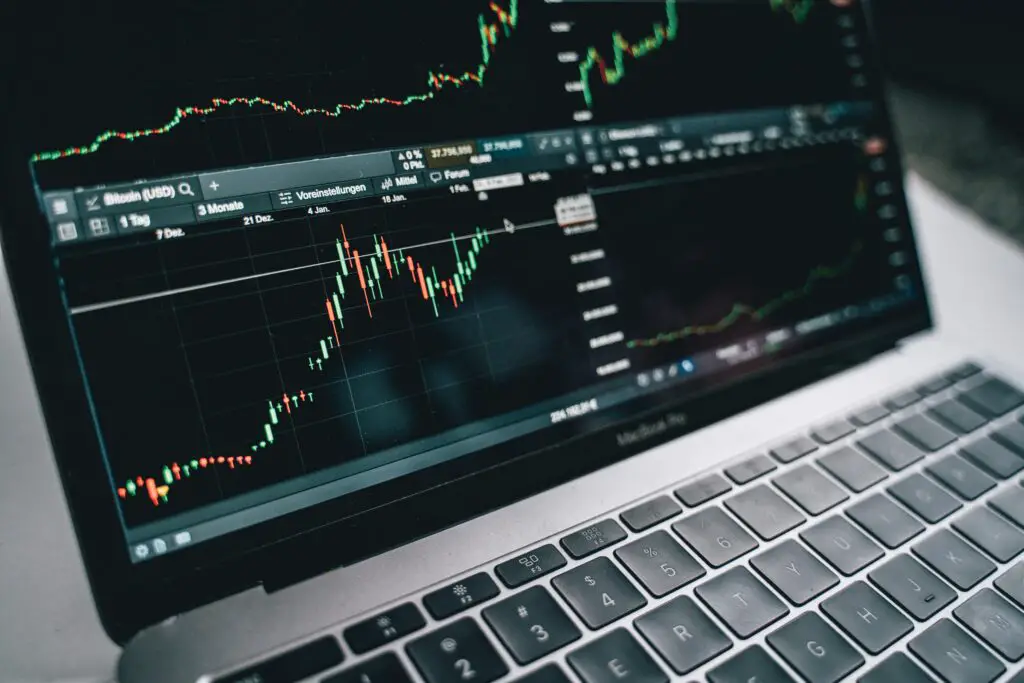The Beginning
Bid prices are significant in business because they determine how things are bought and sold. For traders, investors, and financial professionals to handle the market correctly, they must understand how bid pricing works. This piece discusses the main factors that drive bid pricing strategies and outcomes in financial markets.
You can use this information to determine how much someone is willing to pay for things like money, stocks, bonds, or goods. On the other hand, the selling price is the least the seller is ready to pay. The gap between these two prices is the bid-ask spread, which shows how liquid an item is and how much it costs to trade.

How important it is to trade
Bid prices are essential for setting market prices and making deals easier. They affect the cost of a trade and show how much people want to buy something. A higher bid price usually means demand is more robust, while a lower bid price usually means demand is weaker. Investors who understand bid pricing can improve their trade strategies and make intelligent choices. Things that affect bid prices
How the Market Feels
Bid prices are greatly affected by how investors feel and think, affecting market sentiment. Prices and bids can go up when there is good news. Strong business results and good economic indicators are examples of this kind of news. On the other hand, bad news like protests or recessions could lower demand, which would cause offer prices to drop. Traders must monitor the market’s mood to guess how bid prices will change.
Getting and Giving
Setting bid rates is based on the basic economic idea of supply and demand. When there is more desire for an asset than supply, bid prices increase. When supply is higher than demand, bid prices go down. Some things that affect the supply-demand balance and, by extension, bid prices are market trends, the current state of the economy, and investor tastes.
Being liquid
When buyers look at bid prices, liquidity is an essential factor to consider. Most of the time, bid prices and cask gaps are more stable for stocks and currencies that are very liquid. Securities that aren’t quickly sold, like bonds and small-cap stocks, have bid prices that change more often and wider gaps.

How the Market Works
Bid prices are affected by the organization of a market, which includes the people who trade there, how trades are conducted, and the rules that govern them. When there is a lot of competition and openness, bid prices are more likely to reflect the state of supply and demand accurately. However, bid prices could be changed by cheating or other outside-of-the-market factors in places with little competition or openness.
Events Outside of Us
Outside events such as natural disasters, political upheaval, and policy changes can cause bid prices to change quickly. For example, the bid price for stocks might decrease during a global war, while the bond price might increase during a sudden rise in a central bank’s interest rate. Traders must watch the world and determine how events could impact the bid price.
Bid Price Strategies: You can bid on an item at a specific price or more. Traders can ensure they are paying at most their target bid price by setting limit orders for the price at which they join or leave a position. Limit orders are helpful in markets where prices change quickly, and there is a lot of instability.
The market buys the item for the best price. Market orders secure execution, but the bid price is not. When markets move quickly, buyers who use market orders must pay more for bids. Because of this, market orders work best for assets that are very liquid and have small bid-ask gaps.
Orders to Stop
Stop orders, which include stop limit and stop loss orders, start a trade when an asset hits a certain level, lowering risk. When an asset hits a certain level, a stop loss order becomes a market order. Traders can use these orders to protect their holdings and manage the risk of the bid price.
Analysis of the Bid Ask Spread

Knowing the bid-ask range lets you determine how liquid and stable the market is. A widespread spread results in less liquidity and higher costs, while a small spread produces good liquidity and low transaction costs. Traders can use this study to find profitable trades and change bid prices. What the Bid Prices Mean
Finding the Price
Bid prices are significant for price discovery, the process by which buyers and sellers share expertise to set market prices. Accurate bid prices reflect what a product is worth, helping the market run smoothly. Bid prices that are different can lead to wrong pricing and poor markets.
Use of the Market
For markets to work well, they need accurate and up-to-date bid prices. In a well-functioning market, bid prices change quickly to account for new information, which allows correct asset pricing. Bid prices help market participants, such as analysts, investors, and officials, determine what is happening and make decisions.
How Investors Act: Bid prices change how investors think about risk and value, changing how they act. More buyers might be interested in higher bid prices, raising prices through a positive feedback loop. Lower bid prices, on the other hand, might make people not want to buy, leading to more price cuts. And change tactics if they fully understand how bid prices change over time.
Costs of Trading
The bid-ask spread is a cost for sellers that lowers their overall profits. When spreads are wide, costs go up and deal returns go down. When spreads are narrow, the opposite happens. Traders must consider the bid-ask spread when managing their portfolios and evaluating trading opportunities.
In conclusion
Bid prices change a lot in financial markets because of things like market mood, supply, demand liquidity, market structure, and events happening outside the world. Market participants need to understand these factors to get the most out of their trading strategies, make intelligent decisions, and handle risks well. Traders can make it through the complex financial markets and reach their business goals by looking at bid prices and using the right plans. You will always need to know how bid prices change to trade and buy properly, just as the financial markets do.

